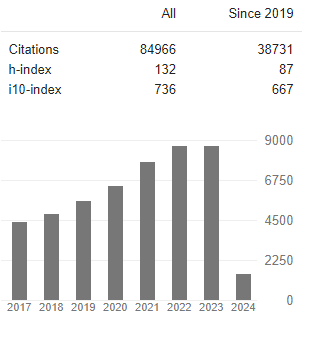Examination of Interaction between the SR Proteins 9G8 and Repressor Splicing Factor 1 in the Alternative Splicing of Carnitine Palmitoyltransferase I in lipid Metabolism
Abstract
Benjamin Borokhovsky and Alexis Nagengast
The method of gene regulation underlying lipid metabolism related to obesity is poorly understood, yet alternative splicing (AS) appears to be an important mechanism for proper lipid storage. CPT1 (carnitine palmitoyltransferase I) is a beta-oxidation enzyme required for the breakdown of fatty acids. The gene coding for CPT1 is alternatively spliced to produce two different products that vary in their activity. When the splicing SR protein 9G8 is knocked down in the fat body of Drosophila, the CPT1 splicing pattern is altered. A linear search algorithm was developed that parsed through FASTA files of the CPT1 gene region and sought out sequences that matched known binding sequences of 9G8. We expected a result in exon 6A that would signal its inclusion but unexpectedly found a match in exon 5 of the CPT1 transcript. We theorized that 9G8 and the SR protein competitor RSF1, interact with one another for binding sites on the CPT1 gene to result in different isoforms. Additionally, TG data indicated that 9G8 and RSF1 KD flies displayed statistically significant higher TG levels than their control suggesting a potential cooperative relationship. We next performed a starvation resistance experiment and found that 9G8 and RSF1 KD flies phenocopied starvation resistance suggesting that both proteins interact to result in the same CPT1 product. We are using qPCR to determine if there is a difference in the AS of CPT1 among flies with decreased expression of 9G8, the SR protein antagonist RSF1 and the SR protein shuttle TRN-SR.




